CHRISTINA AND BEN MCMILLAN
Christina and Ben live a minimal and purposeful life that prioritizes adventures. Christina enjoys scenic drives, sunsets and art. Ben is more of a “watch the big game, campfire, bourbon, people person” type of guy. More than anything, they enjoy being together in their Jayco Jay Feather travel trailer and not being tied to one particular location.
LET'S START BY REVIEWING HOW MOST OF US USE WATER ON A DAILY BASIS...
We use water to flush the toilet, wash dishes, take a shower, brush our teeth, prepare a meal, stay hydrated, rinse our hands, wipe down counters, bath our pets, and the list goes on. The average American uses about 80 gallons of water every day. That’s a lot of water when you consider that most RV freshwater tanks hold between 20 and 100 gallons. Our Jayco Jay Feather has a 40 gallon freshwater tank, and we’ve learned how to make this water last for two adults for over a week.
Knowing how to conserve and maximize your RV’s freshwater supply is critical. You may find yourself in a situation where a full hookup campsite isn’t available, or you may want to expand your camping and try boondocking for multiple days. Either way, these water-saving tips should help you become more self-sufficient and make your freshwater supply last longer.

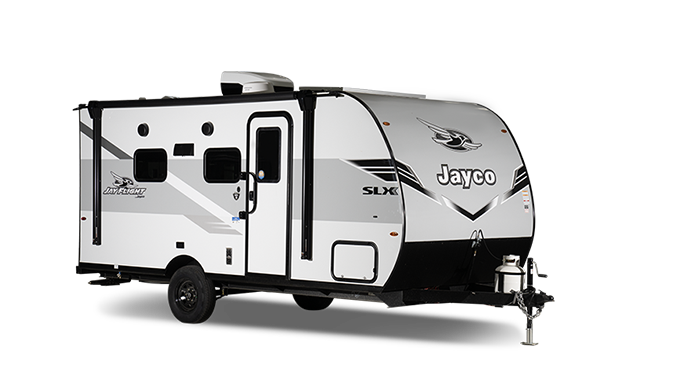
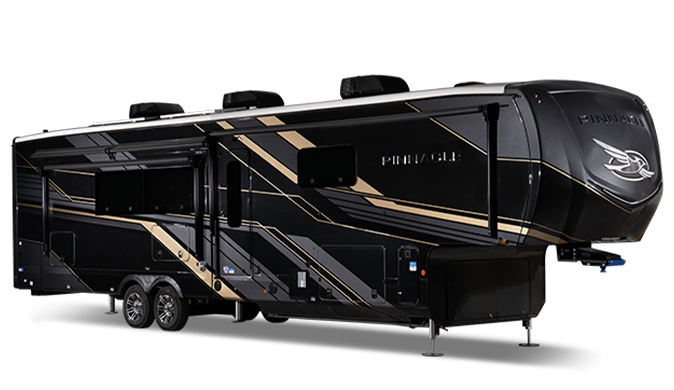
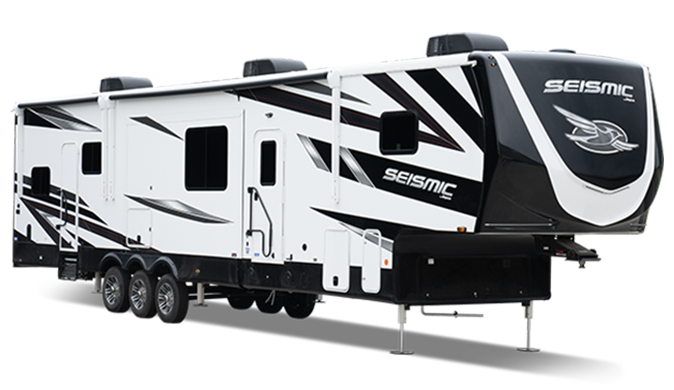
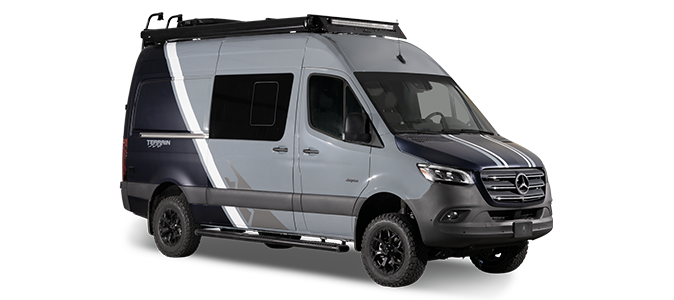
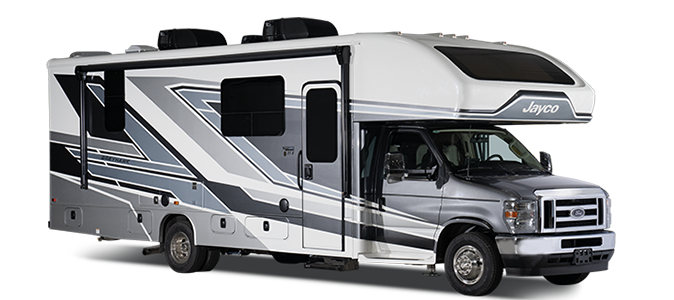
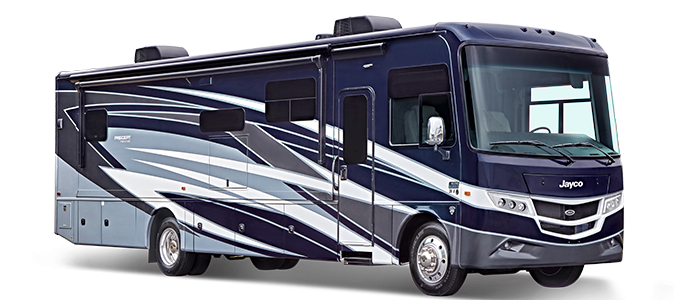
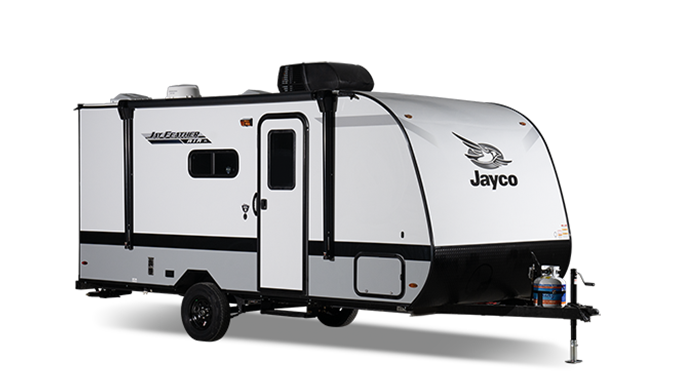


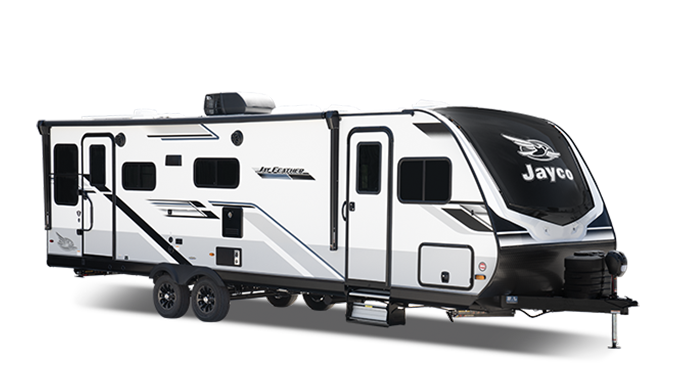
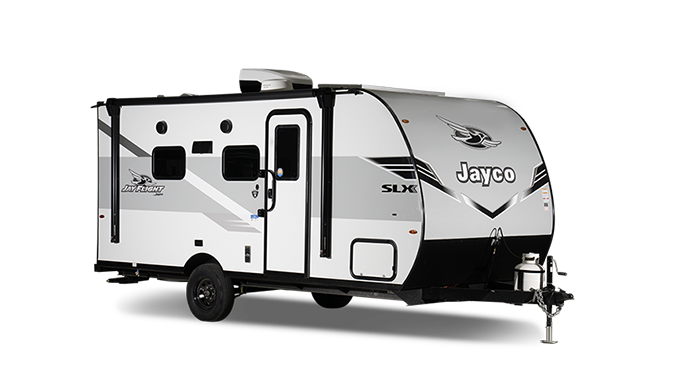
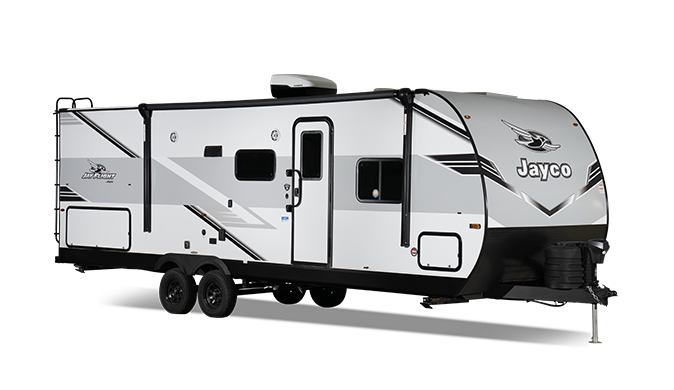
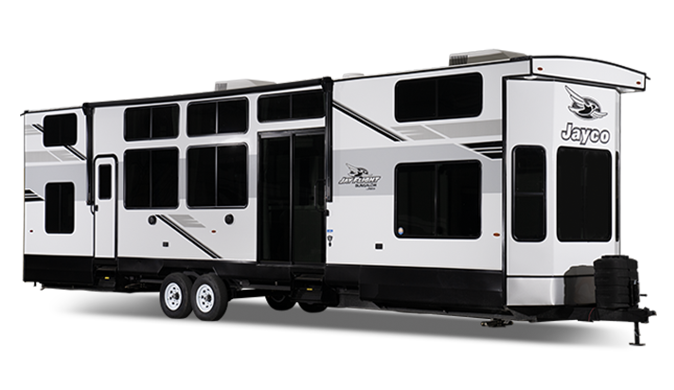
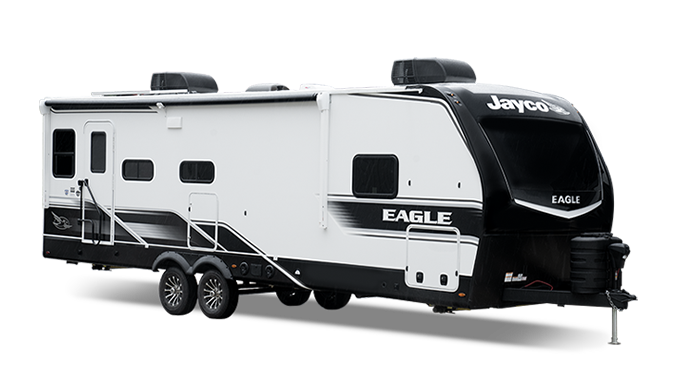
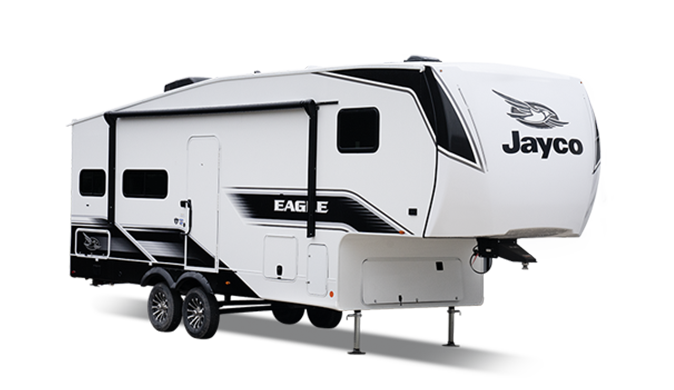
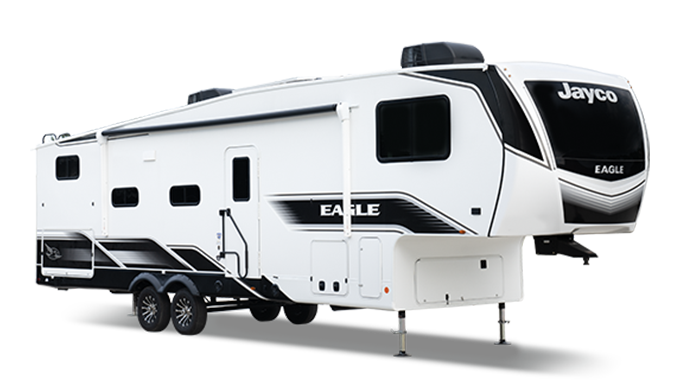
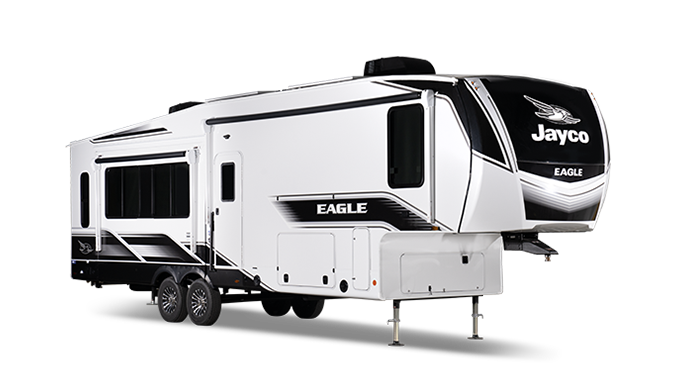
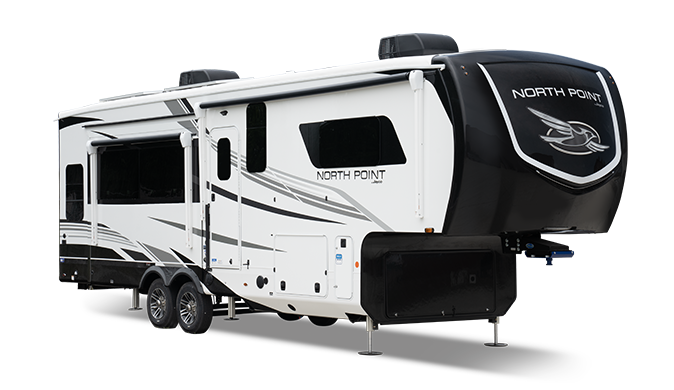

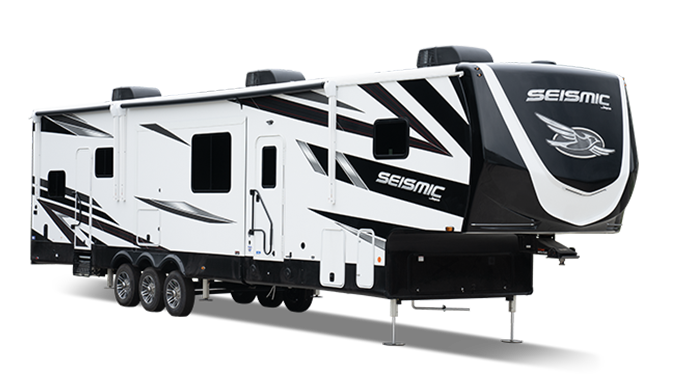
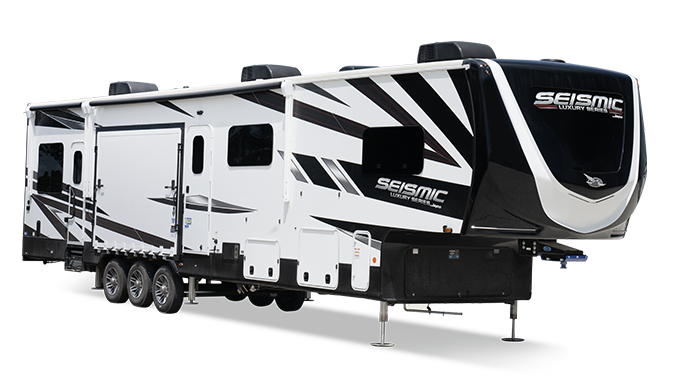
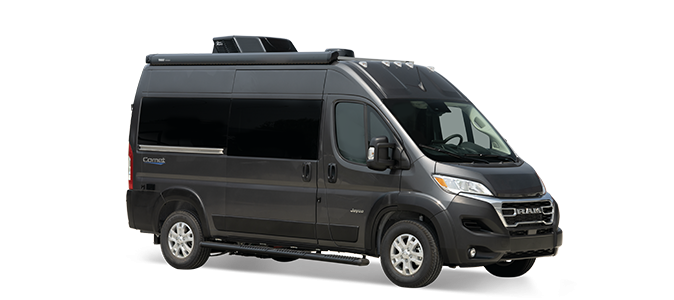
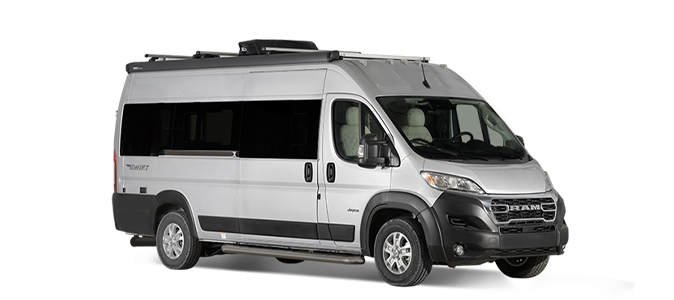
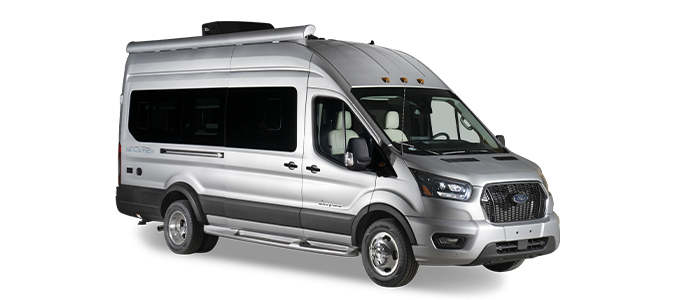
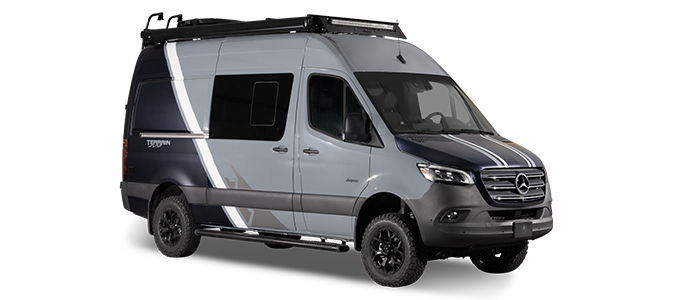
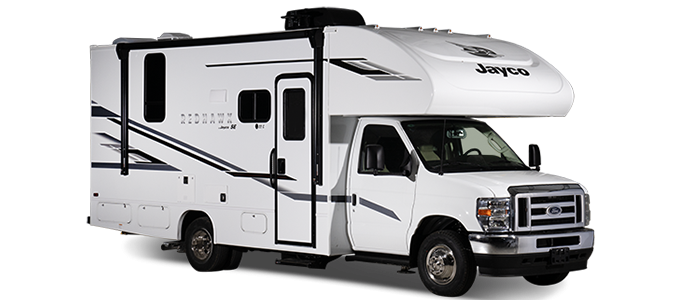

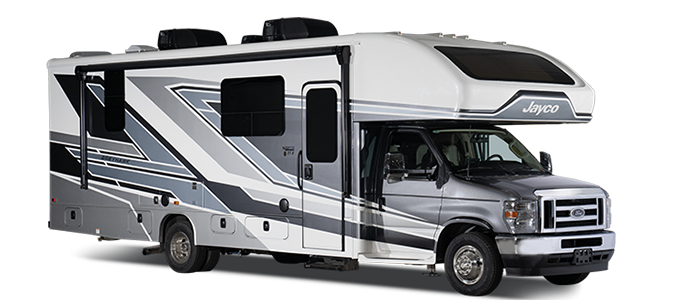

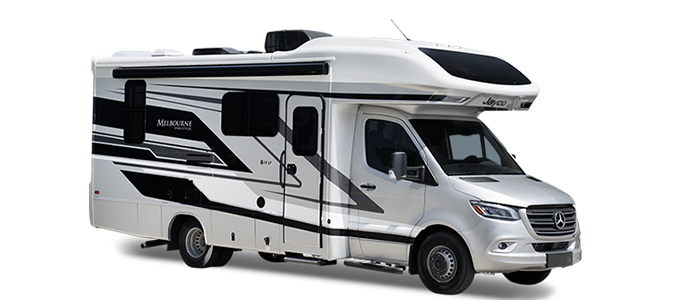

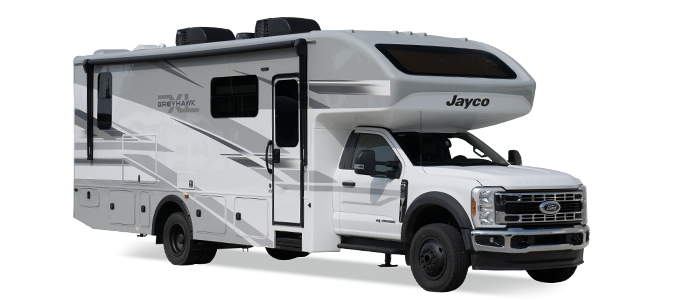
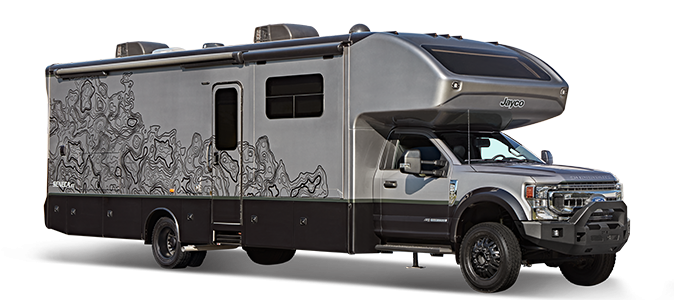
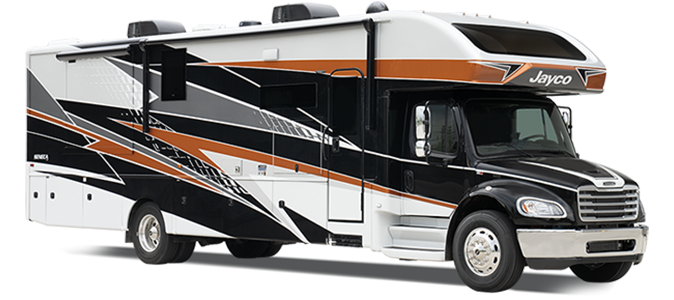
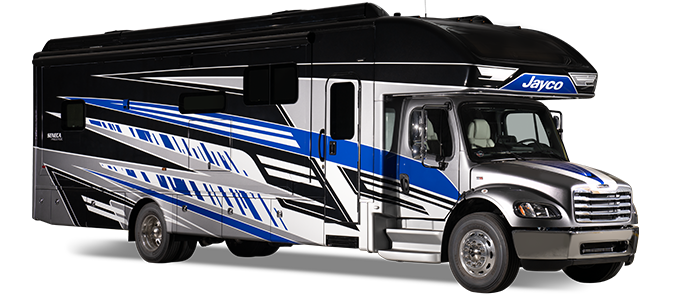
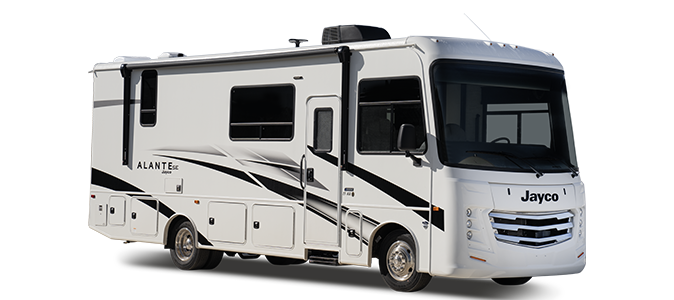
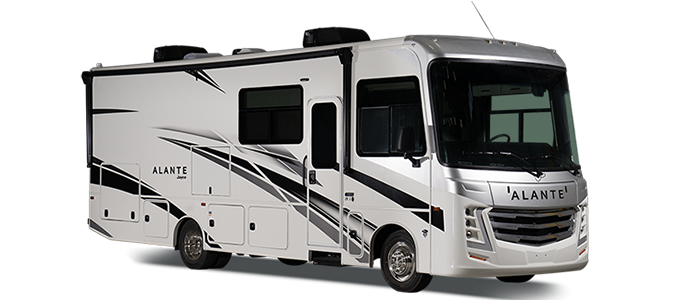

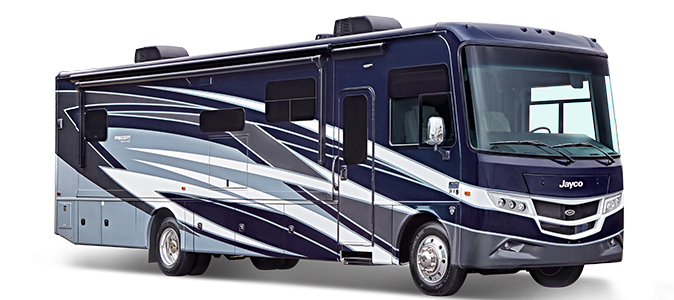


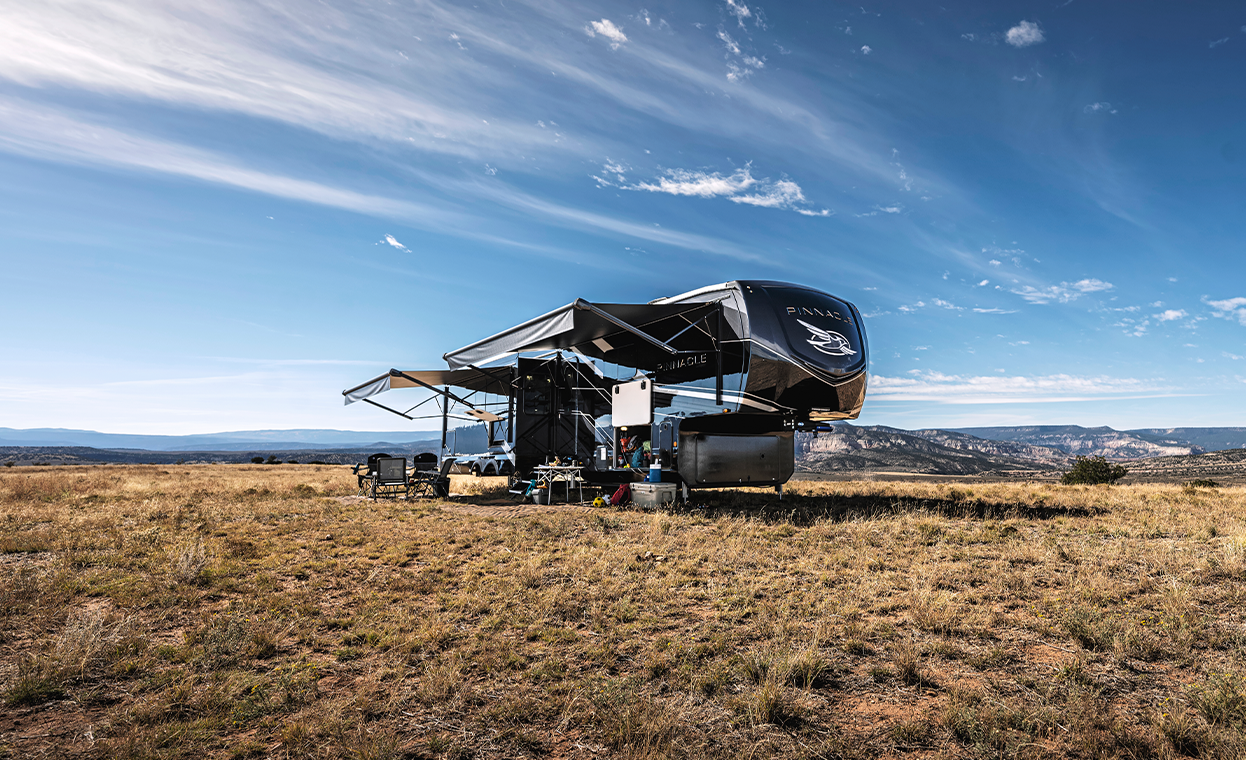
.png)
.png)
.png)
